Begonia bulbs | Begonia blooms, cultivation tutorial
Source: Huayou (huaucn)
The pot for planting bulbous begonias needs to be 5cm larger than the bulb. The most commonly used pot diameter for bulbous begonias is a plastic pot with a diameter of 14cm×12cm or 16cm×14cm.
The substrate is mainly made of peat soil with an air permeability of 15%-20%. It does not require secondary repotting. The physical and chemical structure of the substrate can last for 5-6 months without any side effects.
The plant is placed on a layer of substrate in the center of the pot, with the bulb 5cm-6.5cm away from the top of the pot, and 9cm-10cm of space from the top of the bulb to the bottom of the pot.
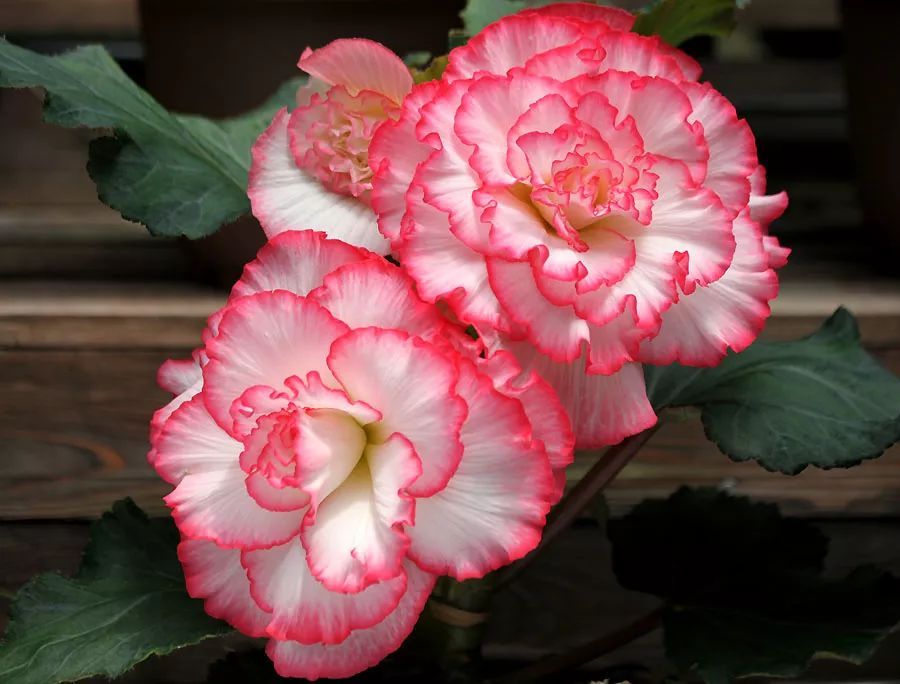
Fill the substrate around the bulb and press it with your fingers to completely cover the surface of the bulb. After potting, the temperature in the greenhouse should be maintained at 16℃-21℃ and should not drop below 16℃.
Avoid direct sunlight, as excessive shading will result in long flower stems and fewer flowers. During this period, keeping the cultivation conditions as consistent as possible will achieve the best results. Large changes in cultivation conditions will result in stunted plant growth, further affecting the flowering period.
The success of growing bulbous begonias depends mainly on regular attention and observation, mainly determining the time of watering and observing pests and diseases. When watering, you need to feel the weight of the pot. Or use your finger to check the moisture of the substrate 2.5 cm below the surface of the substrate. Watering must be thorough at one time.
In addition, during May and June, the bulbous begonia mites are quite active, and low humidity promotes the occurrence of pests. Therefore, it is necessary to closely observe the back of the leaves with a magnifying glass.
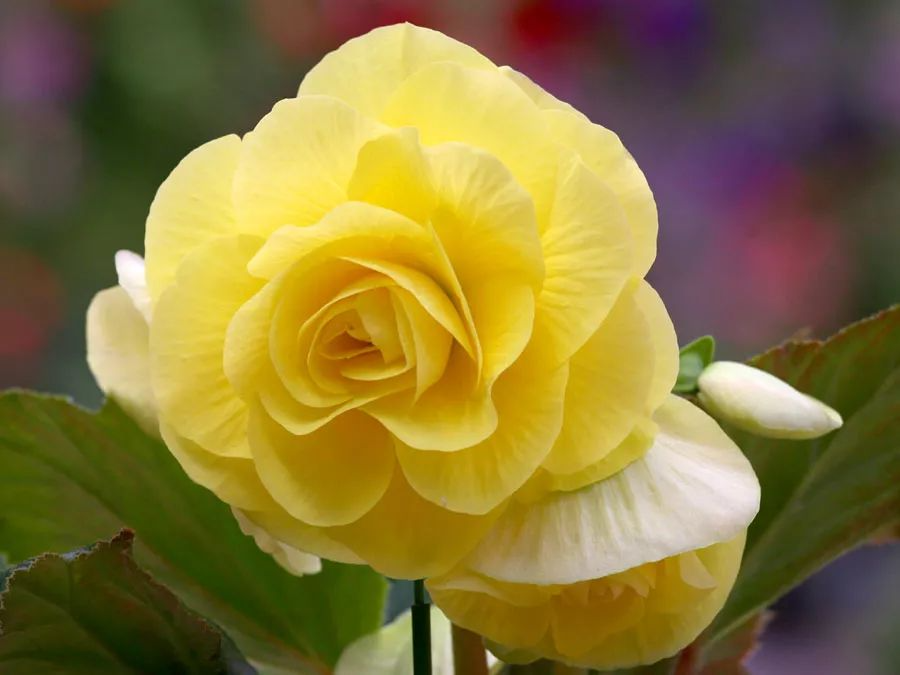
Shaping and flowering management
Begonia bulbifera is a natural shade-loving potted flower that prefers shade and high humidity. It needs shade from late March to October and should not be exposed to the sun.
For shading facilities, use a shading net with a light transmittance of 30%-60% , and mainly use a shading net with a light transmittance of 50%. Begonia bulbifera likes coolness, and a low temperature of 16℃-18.5℃ will achieve the best effect.
The temperature drops quite quickly at night during the growing season in a glass greenhouse , but the minimum temperature needs to be maintained above 13°C . The leaves of modern hybrid bulbous begonias are quite soft and easily burned by direct sunlight.
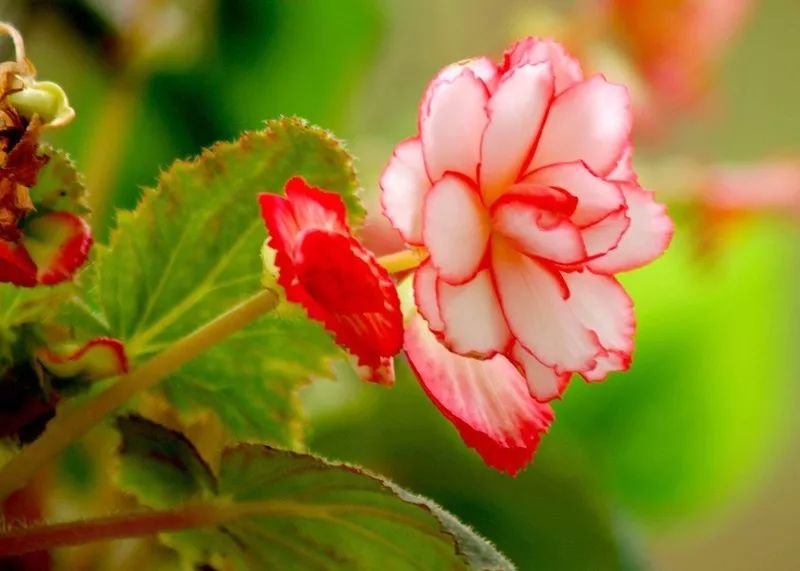
The air permeability of the substrate is very important for bulbous begonias. It is best to maintain the porosity at 15%-20% . The height of the greenhouse is required to ensure sufficient ventilation. When the plant is large enough, the growth point needs to be removed.
Two weeks after the bulbous begonia is potted, it is necessary to use a pillar to support the main stem of the bulbous begonia . Insert a 60cm long pillar with a thickness of 1.3cm behind the stem in the substrate to provide support for future growth. The main stem thickens quickly, and the binding rope needs to be loosened frequently to avoid damaging the main stem.
When tying the rope, tie it to the internodes, not to the nodes, to prevent the rope from getting stuck when the nodes become thicker. When the potted flowers grow bigger, you need to use small sticks to support the side branches. This treatment will sometimes continue until June.
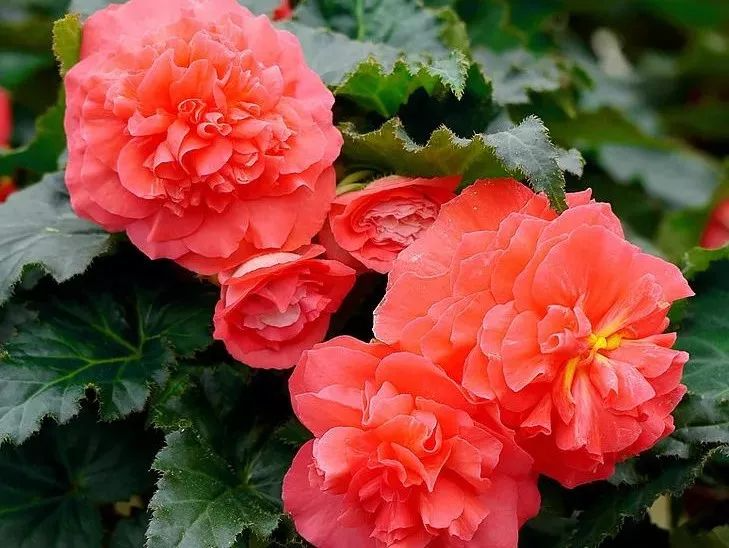
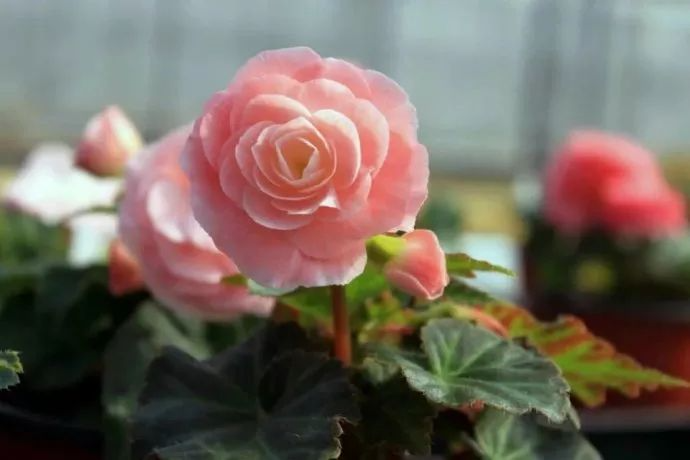
That’s all I’m going to introduce to you today. Flower lovers, have you learned all of them? If you have any questions, please leave a message to ask me.
Xiaoyu, a post-95s generation who loves to think creatively, has strong hands-on skills, and knows how to live. I am Xiaoyu, and I will teach you some flower-growing techniques every day, so that you can pay more attention to details and make do with less.